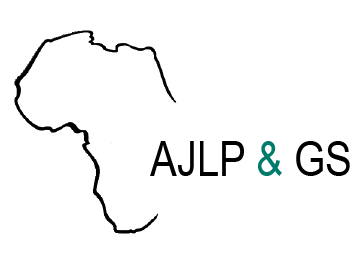Resource information
The present structure of polling units was created in 1996 by the defunct National Electoral Commission of Nigeria (NECON), which created 120,000 polling units and 8,809 wards (Registration Areas) to serve the purpose of registration center and voting exercise.Goal and Objectives:The aim of the study is to carryout mapping and spatial distribution of polling units to enhance voting progress in Akure North L.G.A of Akure, Ondo state, Nigeria. This is achieved through identifying and mapping of the existing polling units, performing spatial distribution and analysis, database creation and geocoding of the polling units.Methodology:Spatial coordinates of the existing polling units were acquired with the aid of Global Positioning System (GPS). These coordinates were plotted using ArcGIS 10.6 and geo-database was created. Queries were performed to examine the ownership of the polling unit’s premises and also to determine polling units with over 500 registered voters. In addition, Geocoding was done to enhance a text-based description of the location of each polling unit.Nearest Neighbor Analysis (NNA) was applied to examine the kind of distribution of the polling units. The distribution pattern was determined using average nearest neighbor analysis. The result produce Z-score = -8.843133 and P-value = 0.000000, the Nearest Neighbor Index (NNI) value is 0.551025 which describe the distribution of the polling units to be clustered.Results:The result shows that some polling units attributed to the study area are outside of the boundary, 63 of the polling unit’s premises are privately owned while 43 are located in government facilities. It is hereby recommended that this study should be adopted to eradicate the barrier of identification and navigation to the polling units.

